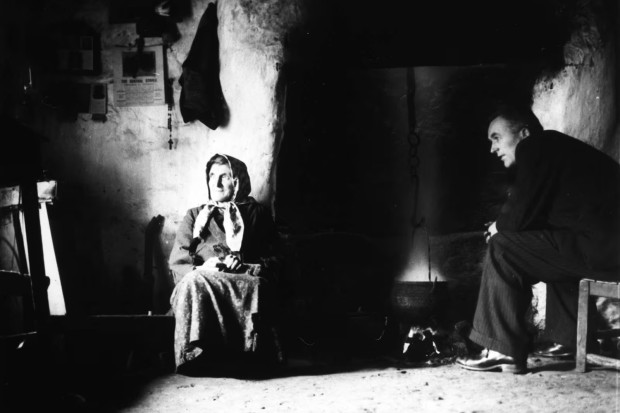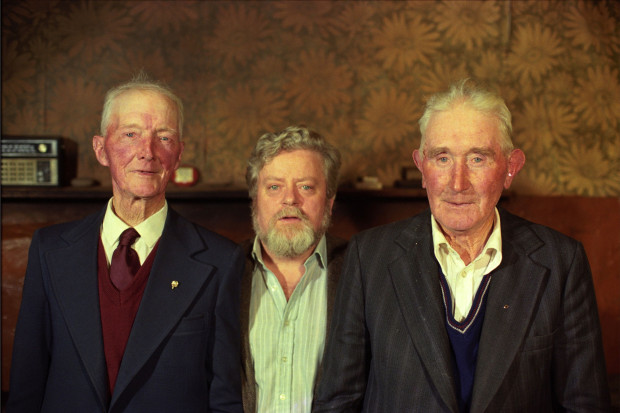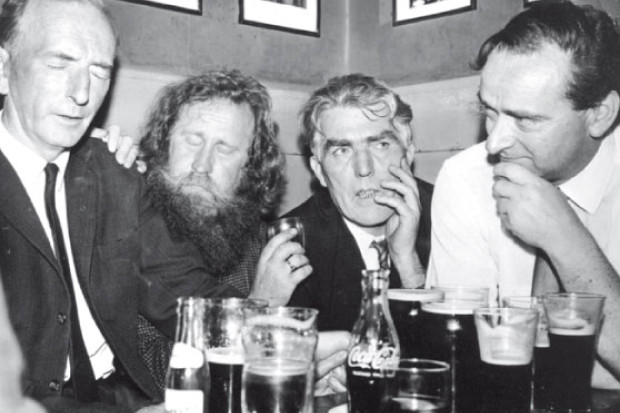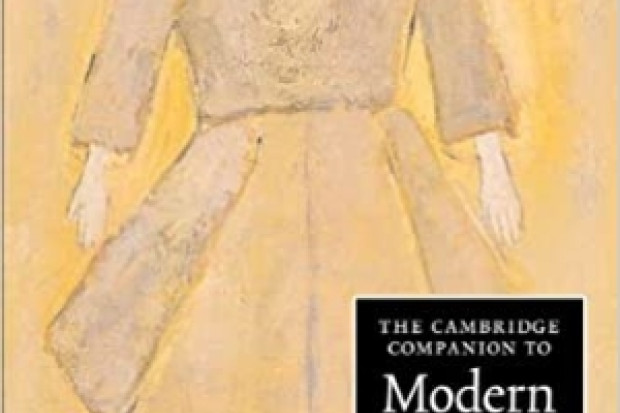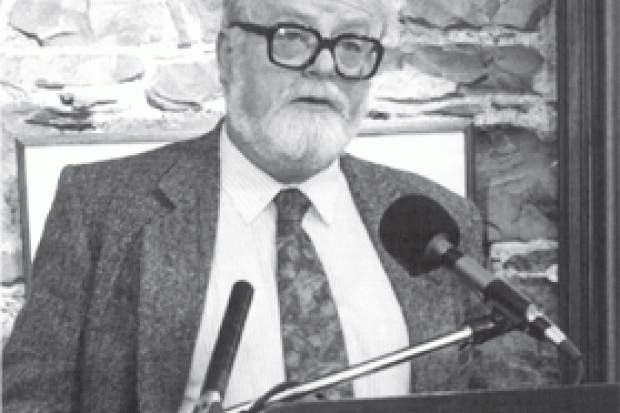Letters: The Cambridge Companion to Modern Irish Culture
Dear Editor
Aileen Dillane’s review of Lillis Ó Laoire’s chapter on ‘Irish Music’ in The Cambridge Companion to Modern Irish Culture (JMI July-August) raises some cogent issues but one wonders nevertheless whether her review, evaluated as a review, is ultimately not a good deal more flawed than the chapter she discusses. After all, it begins by scattering some rather wild shots in the direction of the editors (Claire Connolly and myself), suggesting, on the basis of a sentence plucked from the Preface, that we imposed an ill-conceived and narrow ‘remit’ on the music chapter that she then deems responsible for its putative flaws. Dillane must surely know that prefaces are usually the last thing to be penned in any volume of this kind, and I can assure her that the editors did not have the temerity to assign specialised ‘remits’ to each contributor. All of the contributors were asked to write a critical survey of the development of a particular field of artistic activity in Ireland over two centuries, to refer where relevant to developments both in Irish and English, and to attend to matters after 1920 in both Northern Ireland and the Republic. Since the chapters were restricted to 5-7,000 words this was already a tall order, but our contributors generally managed their tasks with considerable ingenuity and assurance.
Later in her piece, Dillane, again firing off rather wildly, wonders why Ó Laoire did not devote more attention to ‘Irish country n’ western music, arguably Ireland’s true vernacular music.’ By what conceivable criteria, one wonders, could ‘country n’ western’ music be deemed Ireland’s ‘true vernacular’ over the last two centuries? That kind of music has been played in Ireland for scarcely more than a few decades and it is not clear that its Irish exponents have contributed to and modified the international form in terrifically interesting ways. If sheer numbers of contemporary listeners is to be Dillane’s defining criteria then arguably the French, German, Spanish, Russian and Irish Companions would all have more or less identical chapters on more or less the same light pop music. Later again, Dillane takes Ó Laoire to task for not dealing more fully with ‘the crucial role of historiography’, then for overlooking issues of musical education, then for scanting the importance of radio and television. In her last paragraph she finally acknowledges that accommodating all this while also attending to the sheer diversity of music in Ireland might have been a task ‘too great for one brief chapter’, and notes in passing that Ó Laoire’s essay is nonetheless ‘engaging and informed’. Had she taken those last points into account from the outset then we might have had something like a reasonable, fair-minded review.
The substantial issue raised by Dillane is that a chapter on music in Ireland should not privilege ‘traditional’ music as ‘Irish music’ and should distribute its attentions more evenly across the many diverse forms of music practised on the island. As it happens, I fully accept this point and look forward to the day when someone in the field of Irish music studies will finally write an authoritative book-length study that does just this. Meanwhile, it is as well to acknowledge that there are strong reasons, which have nothing at all to do with purblind cultural nationalism, why so-called ‘traditional’ music might occupy the foreground in any short survey of music in Ireland. Over the last two centuries the various kinds of music now typically accommodated under this category have probably been the most widely practised in Ireland, the most important to the social lives and popular rituals of the great mass of Irish people, and, most importantly, the music’s artistic accomplishments as music are considerable. To say this is not to demean in the slightest any other kind of music, whether jazz, classical, pop, or whatever, all of which have their own social interest and artistic accomplishments.
Those that complain that ‘traditional’ music is unduly privileged because of its identification with ‘the nation’ (or is it the state?) ought not to forget that until recently Irish university music departments generally bypassed the study of traditional music altogether in favour of ‘classical’ or modern ‘art’ music. Indeed, many departments still more or less do so. Even so, the same departments have produced rather little by way of stimulating aesthetic, formal, historical or sociological analyses of other ‘non-traditional’ forms of music in Ireland, and this is surely a deficiency that Ó Laoire can hardly be expected to redress single-handedly in one short chapter. Ó Laoire’s essay, moreover, does not take the category of ‘Irish music’ for granted in an ‘unquestioning’ way. The chapter actually begins by discussing some of the ways in which that category of ‘Irish music’ emerged at the turn of the nineteenth-century, thus acknowledging that the category is a constructed rather than a natural given. Dillane astutely notes that any account of music in Ireland would have to deal with the politics of music historiography itself. But perhaps we need more primary histories of the diverse forms of music she would, legitimately, have Ó Laoire include before we can begin to debate the historiographical modalities of these histories.
Joe Cleary
Editor, with Claire Connolly, The Cambridge Companion to Modern Irish Culture
Published on 1 September 2005













